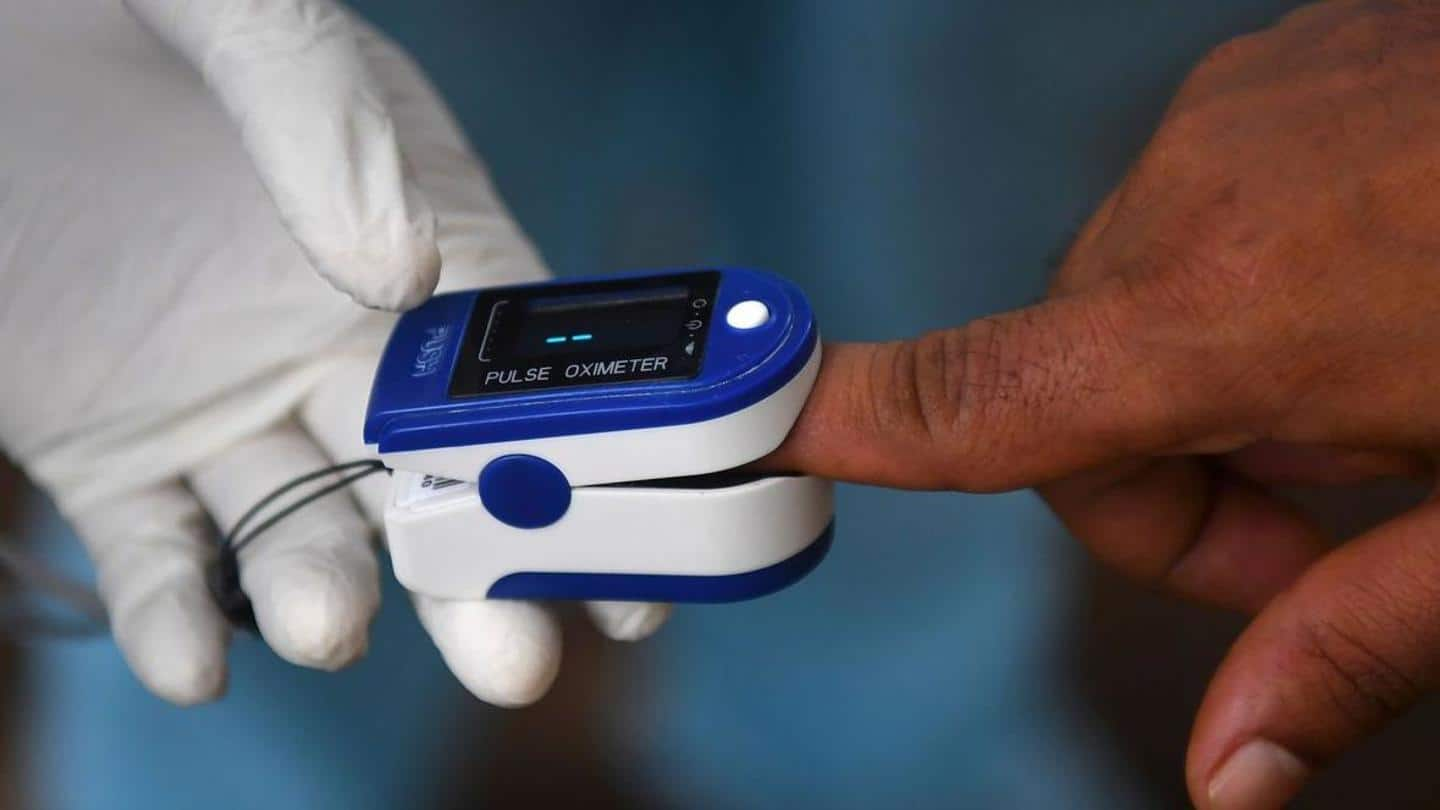
#HealthBytes: Everything you should know about using a pulse oximeter
What's the story
As the COVID-19 pandemic is not yet over, home isolation is being advised for patients who are asymptomatic or have mild symptoms.
However, continuously monitoring their health using thermometers and pulse oximeters is important.
While thermometers help monitor one's body temperature, the pulse oximeter, which is a clip-like device, is used for detecting the oxygen saturation levels (SpO2).
Read on to know more.
Purpose
What does a pulse oximeter do?
A pulse oximeter detects how well the heart is pumping oxygen throughout the body.
The device is typically used to monitor the health of individuals with a condition that can affect blood oxygen levels like asthma, pneumonia, and more recently, COVID-19.
The final values are used to understand a person's breathing capacity and to analyze if external support like a ventilator is required.
Steps
A step-by-step guide to use a pulse oximeter
It is extremely important to rest your body for about 10 minutes before testing your SpO2 levels as activities can alter the reading.
To begin with, place your hand still on the chest level and clip the oximeter on the index finger.
A number of values will flash on the screen before the final reading.
Note the final value after the oximeter has stabilized.
Readings
What do the readings mean and when to seek help?
SpO2 levels of 95% and above are considered normal for healthy individuals and a value lesser than that may indicate hypoxemia, a condition where the oxygen reaching the tissues is deficient.
A person with COVID-19 who is isolated at home will want to ensure that their SpO2 reading is consistently above 92%.
If the number drops below this threshold, timely medical evaluation is warranted.
Proning
While getting help, make the patient lie in proning position
Given the damaging impact of COVID-19 on our country's healthcare system, patients are finding it increasingly hard to get immediate medical attention when their condition deteriorates.
While trying to get help for a patient whose SpO2 is dipping, make them lie face down, on their stomach. This is called proning.
This position has been medically proved to improve oxygenation in patients.